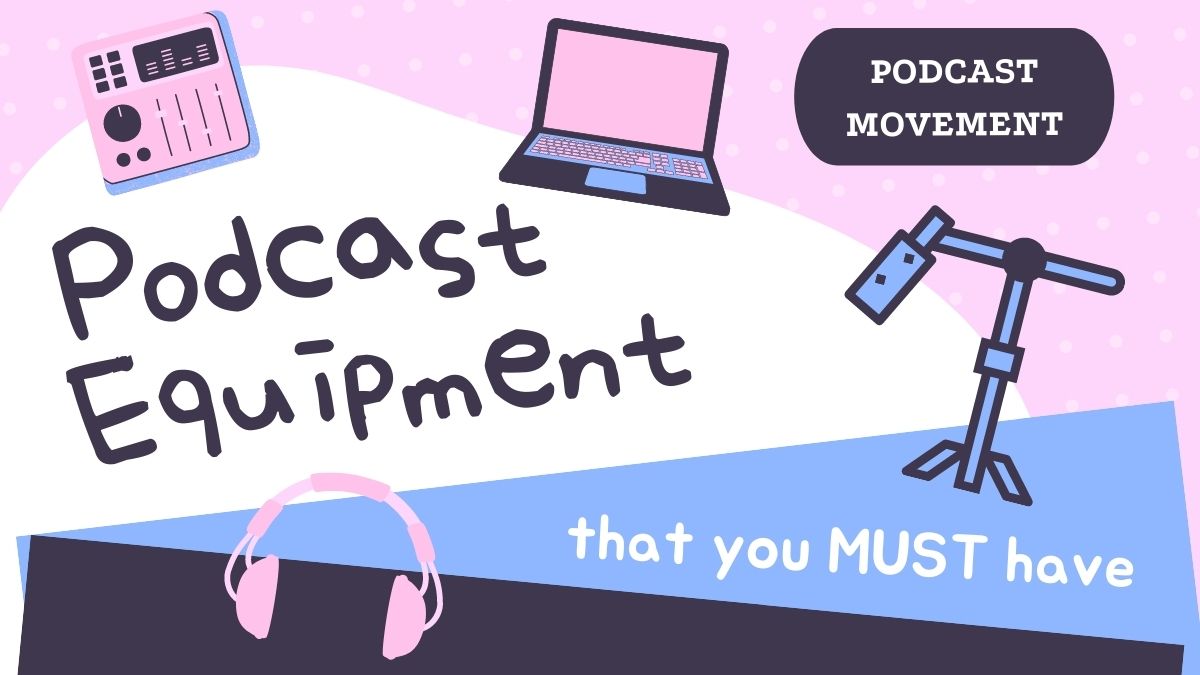If things are always sunny in a story, listeners get numb to the happiness. If it’s always bad, they ache for a light at the end of the tunnel. So unless your aim is to be either the next Care Bears or an utterly depressing podcast, then come with me on a journey into the +/- system of storytelling.

What the heck is it?
There are quite a few versions of this system I’ve seen out there (including one in Blake Snyder’s classic, Save the Cat), each serving its own purpose. This simplified version provides a quick and easy method to visualize positive and negative emotional shifts throughout a story. It’s a checks and balances tool that helps create an ebb and flow to your narrative.
Let’s take a look at an example.
Here’s an abridged version of the +/- system for an episode of What We Do. In this episode, Lisa Davis sets out to run seven marathons on seven continents in seven days. (If you want to listen to the episode first before diving into the breakdown, you can listen here.)

Lisa’s +/- overview goes something like this:
+ Lisa sets out to complete seven marathons on seven continents in seven days
– Australian sun causes dehydration
+ Time to recover on flight to China
– Heat starts to take toll on Lisa
+ Inspiring background story: Oprah
– Hot and drenched in Singapore
– Plane is stuck in Africa: at risk of not completing marathons in seven days
+ Arrives at starting line in time, importance of adaptability
– Culture clash in Africa
+ Flashback: Overcoming doctors’ predictions
– Illness strikes
– Chaotic scene at airport caused by presidential orders and fights through the illness
– Sickness, swollen feet, and brutally cold weather
+ Friendly dogs help her through 6th marathon
+ Last marathon: If she finishes, can capture world record
– The final battle: Conquering the unknown
+ Lisa completes the final marathon and claims world record
+ Lisa remains inspired
Ping-ponging from highs to lows helps draw the listener in as you build tension, reveal character and weave an intriguing tale.
You’ll notice an up and down rhythm, with positive moments followed by negative ones, and sometimes two positive or negative moments back to back, but never three. Rarely will you want to stray too far on either side in terms of quantity (the emotional punch of each shift, however, will often vary in strength). Ping-ponging from highs to lows helps draw the listener in as you build tension, reveal character and weave an intriguing tale.
This system ain’t just for dramas. Comedies, historical fiction and nonfiction, rom-coms, you name it and the +/- system fits right in. That’s because as listeners, we want a variety of tastes in our story soup. You’re the chef and +/- is your secret ingredient. Bon appétit.

+/- System Side Effect: Honed Interview Instincts
Understanding and embracing the positives and negatives allows you to go into an interview equipped to recognize key moments of a story. When those moments arrive, you’ll naturally want to press for more insights on feelings, sights, smells, sounds, hard lessons learned — the cream in the story Twinkie — rather than miss the opportunity by moving on to the next question.

During my interview with Lisa, she mentioned she first got into running by taking on the Marine Corps Marathon in her thirties. My +/- detector went off. Running a marathon is a major undertaking, especially if you’ve never done one before. That’s a big change. What sparked it? Was it a positive or negative event?
Her answer: Oprah.
Being a marine, Lisa thought, well if Oprah can do it, then I can too. And so…she did.
After pressing for more details, I struck an even bigger gold reserve. Her answers became the background sequence of the story, illuminating her motivation to run marathons. Her first marathon turned into ten, then twenty, and now Lisa has over 170 marathons under her belt, including seven marathons on seven continents in seven days.
Having the +/- system in my tool belt made me give pause and chip away at the stone Lisa presented. All it took was a few taps to crack open the exterior and reveal the gems inside.
Be willing and ready to adjust your +/- system mid-interview if you strike big.
In these moments of possibility, put your +/- presumptions under the microscope and ask yourself: Is this gem leading to a better version of the story? Or a branching path that reveals a deeper version of the episode’s theme? Be willing and ready to adjust your +/- system mid-interview if you strike big.
As Adam Savage says about the creative process of making things: “Creation is iteration. Your job as a creator is to take as many of the wrong turns necessary, without giving up hope, until you find the path that leads to your destination… You need to give yourself permission to experiment, to iterate your way there.”

+/- System Side Effect: Excedrin for Common Editing Headaches
So far, we’ve:
- Visualized the +/- possibilities during the interview
- Felt a sharpening of our interview instincts
- Adjusted the story’s +/- options as the interview progressed

Now it’s time for the bread and butter: Editing.
Instead of having to dig through the interview to find the story-worthy soundbites, you’ll already have the information available and the foundation laid. Now you can focus on placing the storytelling front and center. Remember to build a narrative with your editing, don't just report events. Facts tell. Stories sell.
The pluses and minuses of your story mix together to create a dose of reality: life is messy. The path to achieving a goal, the road to redemption —whatever it may be—is wrought with zigs, zags, faceplants, and celebrations. Embrace the heap; it’s where they keep all the treasures.

Key Takeaways:
- The +/- system is a simple tool to visualize positive and negative emotional shifts throughout a story
- Understanding the system hones your interview instincts
- The system is Excedrin for common editing headaches
- Creation is iteration
- Facts tell. Stories sell.
- Embrace the heap; it’s where they keep all the treasures




Join the Movement